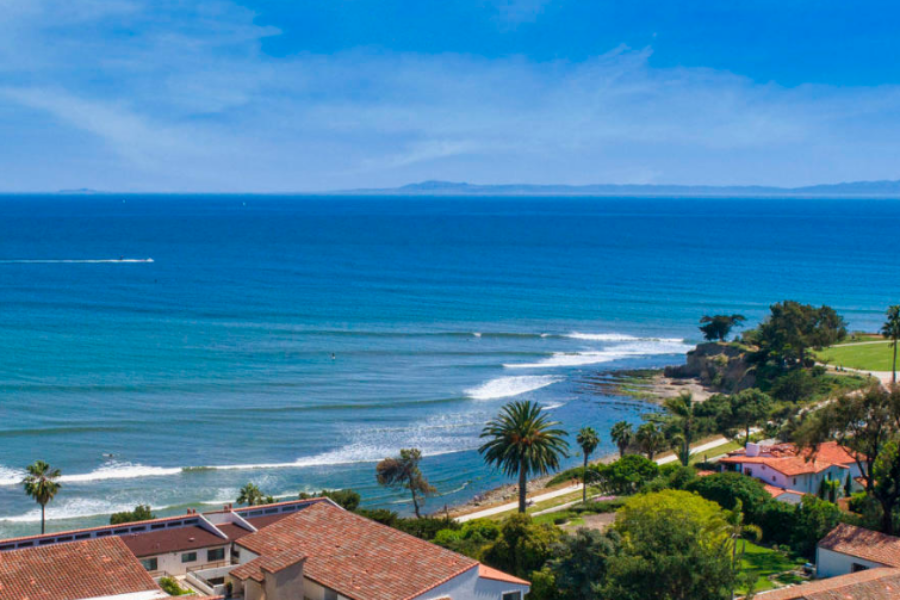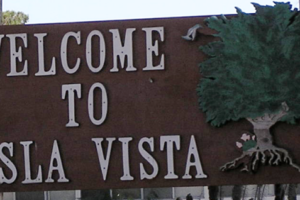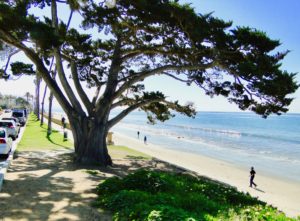Researchers at the Middlebury Institute of International Studies at Monterey found that being located within a mile of a surf break adds about $106,000 to a home’s value. Living near a desirable public park or outdoor recreation space boosts it significantly higher — as much as 8 percent to 20 percent.
There are dozens, if not hundreds, of neighborhood attributes that can affect a home’s value. Some are obvious and some are not. Analysts at Houselogic, a website operated by the National Association of Realtors, did some digging recently and uncovered surprising facts. As for the parkland bonus, a recent study examined 16,400 home sales within 1,500 feet of 193 public parks (in Portland, Oregon) and found that nearby natural areas added $10,648 to a home’s value. Golf courses add $8,849, specialty parks add $5,657, and urban parks add $1,214. On the downside, a park that is overcrowded and not well-maintained can drag down nearby home values.
Meanwhile, California homes with photovoltaic (solar) systems sell for an extra $17,000 over homes without solar systems, according to experts at Lawrence Berkeley National Laboratory. Add walkability to the home-value bonus list, too. Being able to stroll to schools, parks, stores, and restaurants will raise a property value anywhere from $4,000 to $34,000, according to a 2009 study from the nonprofit group CEOs for Cities.
Accessory dwelling units are another big attraction. Whether it’s a granny flat, an in-law apartment, or a carriage house, having a separate unit can increase a home’s value by 25 percent to 34 percent, according to a study of 14 properties with accessory dwelling units in Portland. Bonus: A second unit can also provide a steady stream of rental income. Elsewhere in this blog, you can find a post: “The Difference between Second Units and Accessory Dwelling Units” that you may find helpful.







